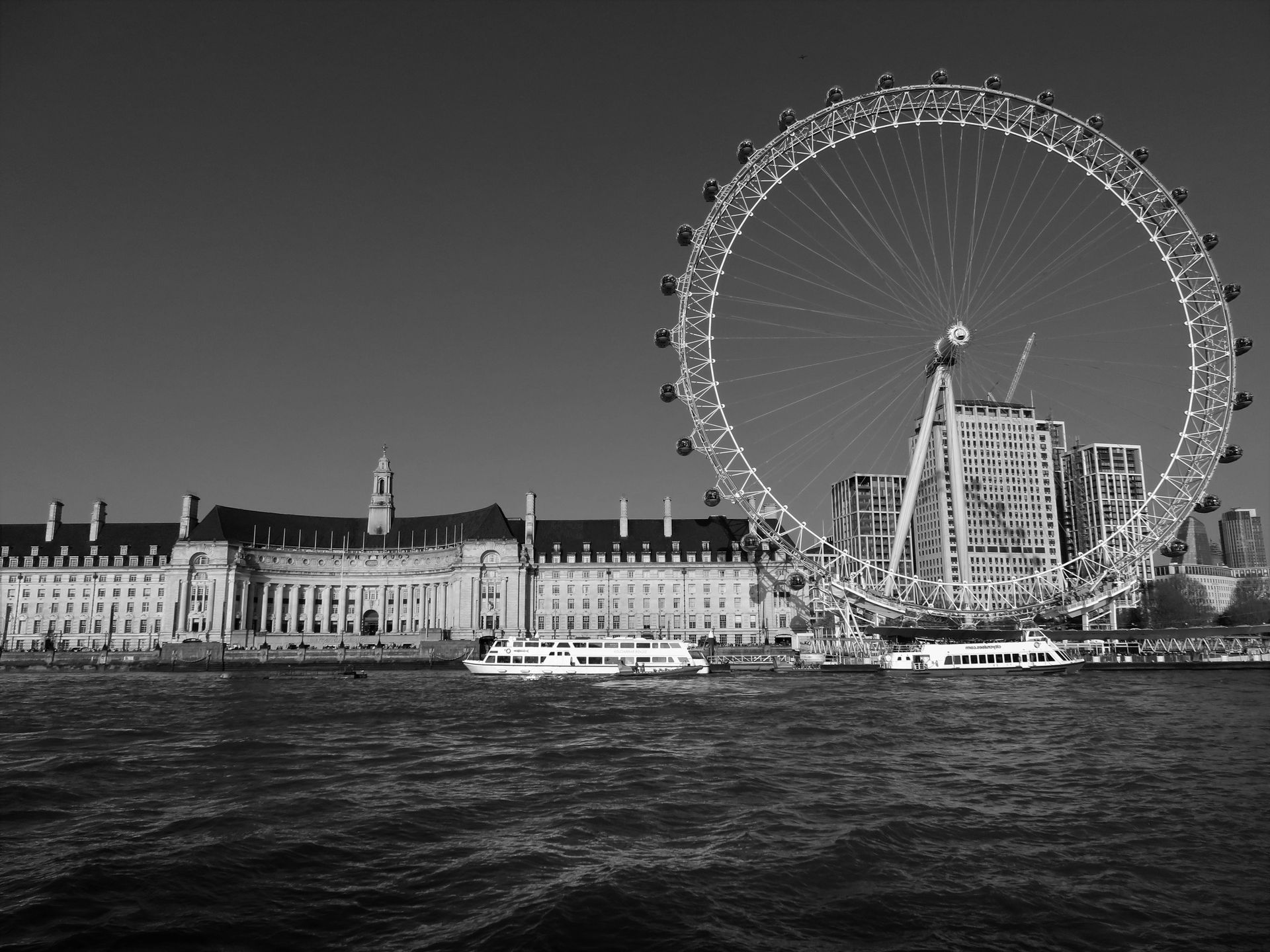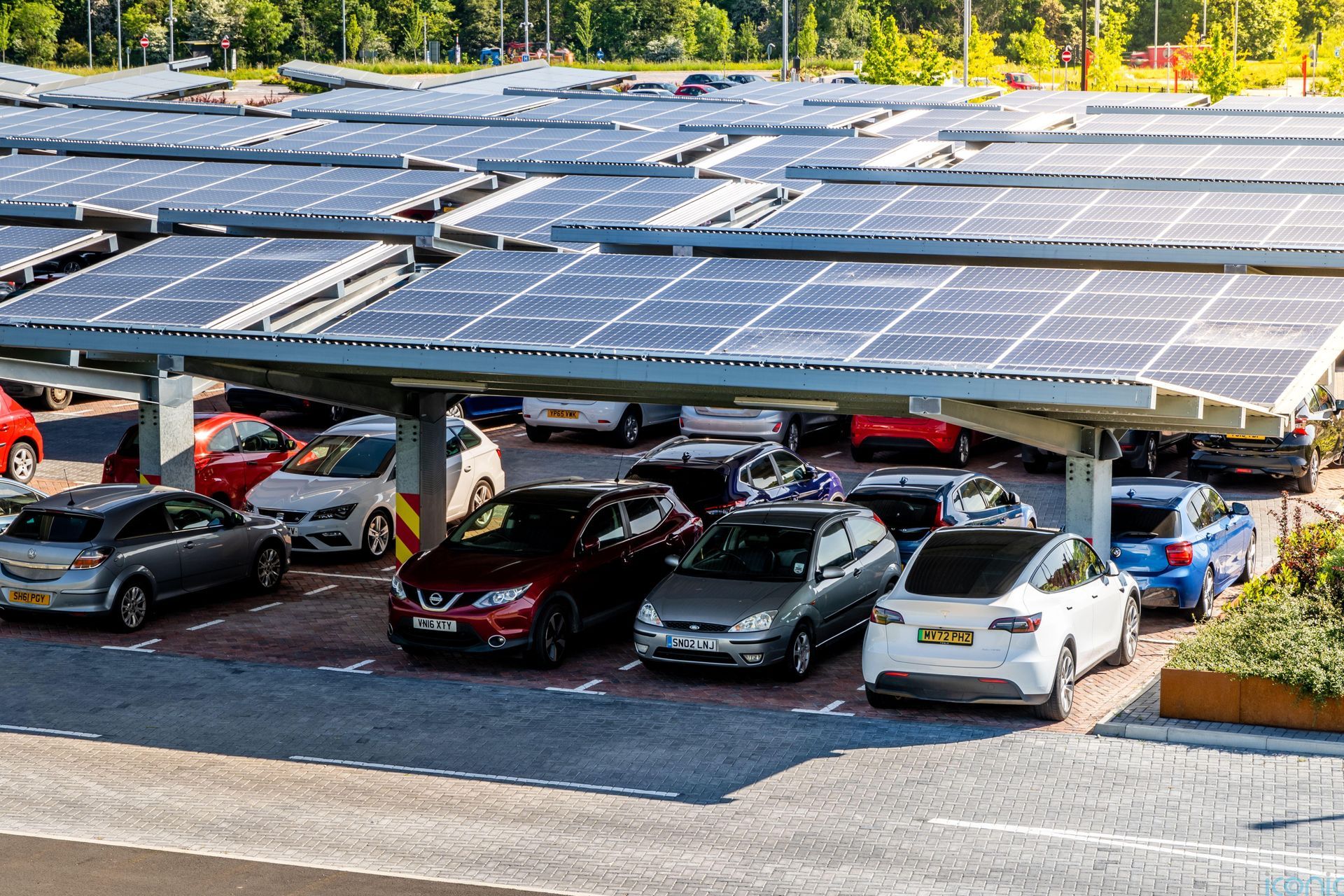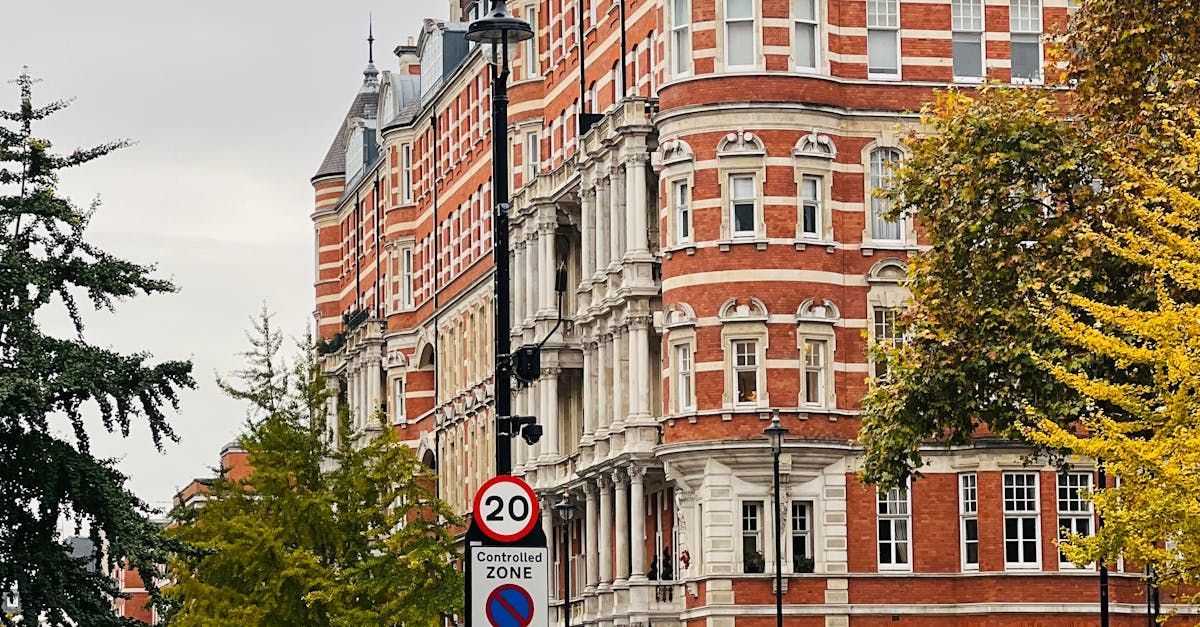What is it that defines London as a ‘World Class’ city?
Standing on the roof of the Coliseum with its Chief Executive and the CEO of one of the world’s most successful Business Improvement Districts, we discussed what drives London’s global success.
The term ‘world-class’ is often used in placemaking but rarely defined. Working with my client, The Heart of London Business Alliance, we wanted to understand what propels the area’s global successes today and how to sustain high performance into the long term, in particular in a crowded and competitive placemaking and destination market.
A number of indices rank and measure the attractiveness of cities, as places to live, visit, work, study and invest. London, in the most frequently referred to indices of cities, is ranked highly as a world-class city, often in first or second place.
The Knight Frank Wealth Report uses three criteria: proportion of wealthy residents, scale of property investment and lifestyle: the latter includes number of high quality universities, the number of five star hotels and personal safety and security. The Global City Competitiveness Index uses eight criteria, populated from over thirty data sets, while the Global Power City Index (GPCI) measures cities by six functions (which are further broken down into 70 indicators). The Global Cities Report, which ranks London second place, behind New York, uses 27 metrics in five categories.
Reviewing the indexes revealed that London’s success and world-city status is attributable to a number of factors, in particular: strong economic performance, high quality universities and human capital (professional and knowledge workers), stable political and legal institutions, transport infrastructure enabling good connectivity and a unique breadth of high quality cultural activities and offers.
The latter, London’s cultural experience, which has developed and evolved over centuries, is the capital’s unrivalled asset. Importantly in an age in which people are prioritising spending of their disposable income on experiences, rather than purchasing goods, cultural experiences have become even more important factors in the success of a place.
The Heart of London area, comprising of Leicester Square, Piccadilly Circus, Piccadilly and St James’s, is economically, culturally and emotively a significant part of London’s stature as a ‘world-class’ city. It contributes to London’s overall status as a ‘world-class’ city because of its world famous places (St James, Piccadilly, Piccadilly Circus and Leicester Square) and world-renown attractions, including The Ritz, The Royal Academy, dozens of independent galleries, Fortnum and Mason, English National Opera and West End Theatres.
The Heart of London’s 39 hectare area is only six percent of the wider West End and a small part of the wider London as a place to visit, work and invest. Its contribution to London, however, as a ‘world-class’ destination is significant, specifically its unrivalled historic, cultural, arts, entertainment and architectural assets. It contributes to attracting visitors, therefore consumption and spending, and investment to London and the wider United Kingdom, which benefits the whole UK economy in terms of wealth and jobs. The importance of this to placemakers is it demonstrates that the pull effect of culture outweighs the cost of investing in cultural assets as part of a placemaking strategy.








